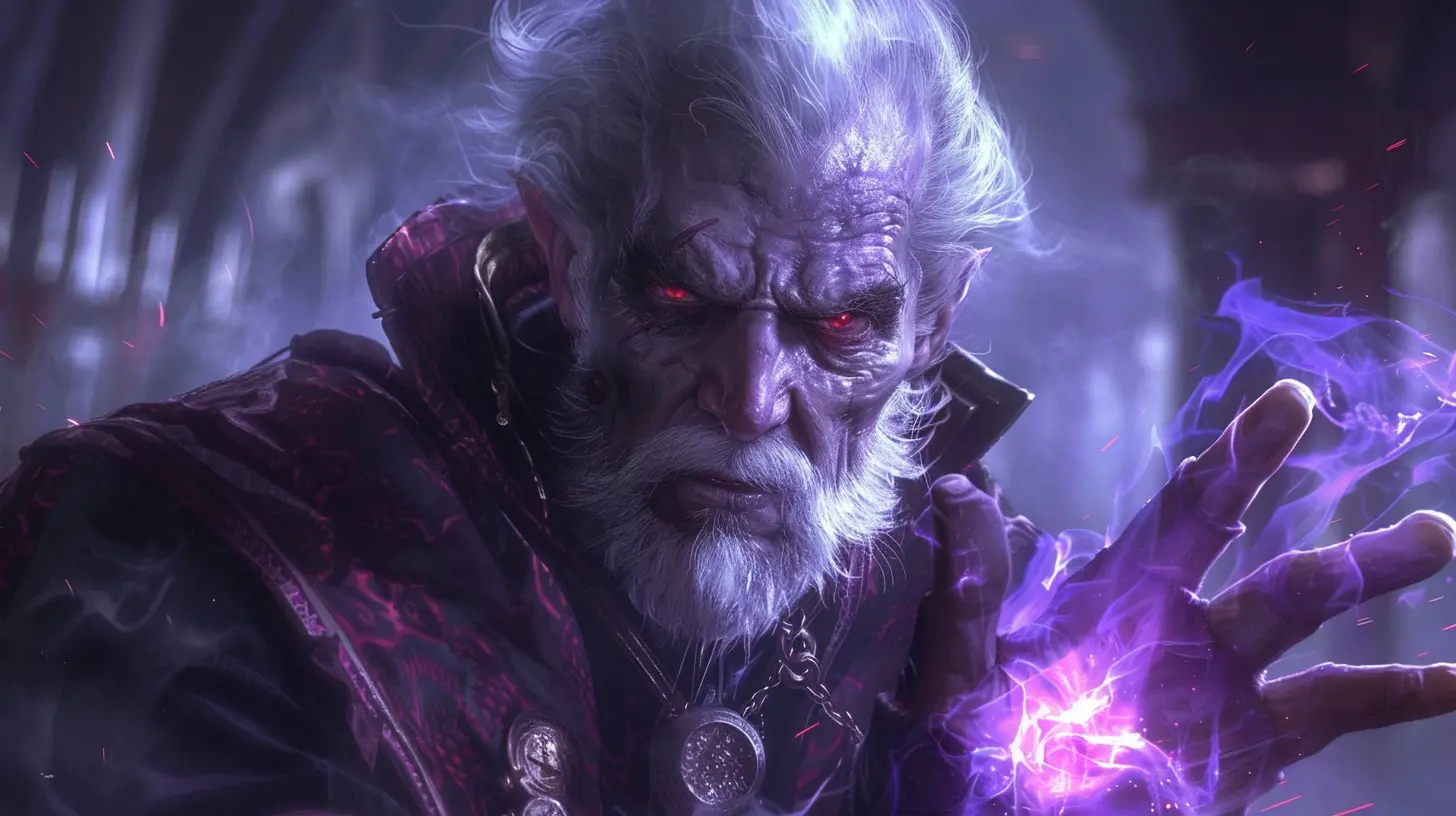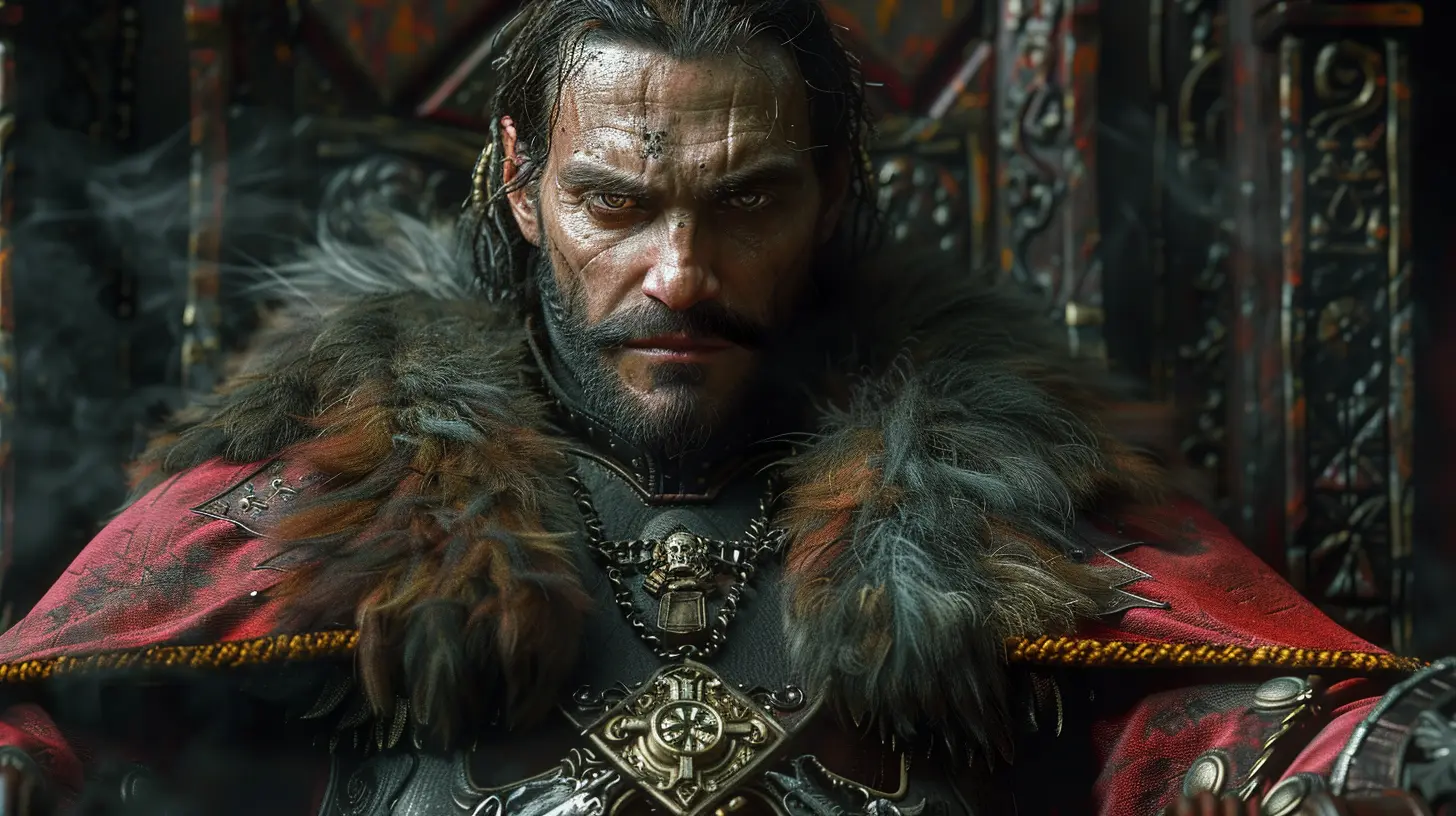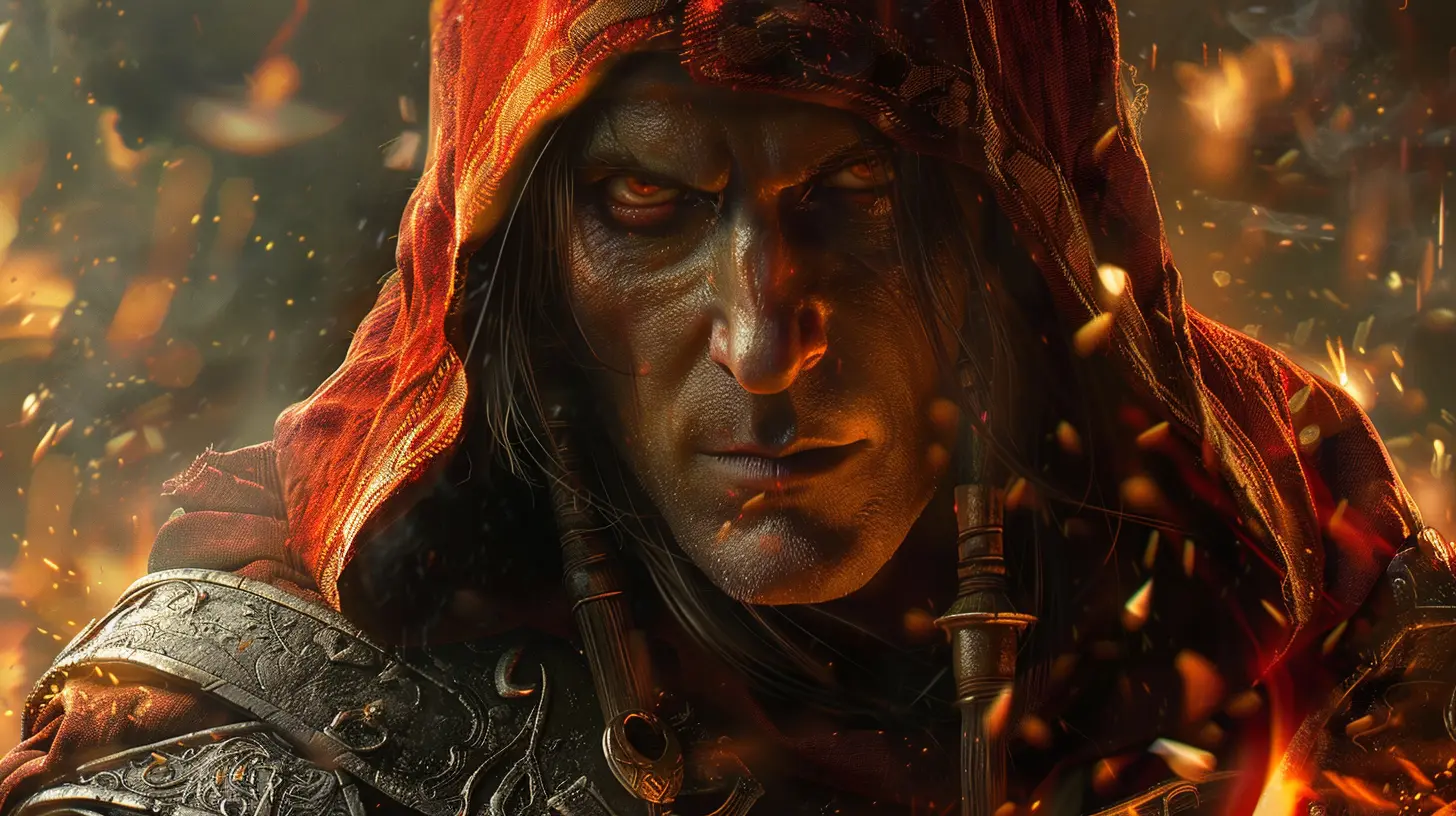Voicing Villains: Crafting the Perfect Antagonist
25 May 2025
When it comes to storytelling in games, villains often steal the show. Sure, we love our heroes—they’re brave, determined, and inspiring—but let’s face it, a good villain sticks with us long after the credits roll. Think about it: would The Legend of Zelda be as thrilling without Ganondorf? Or would Far Cry 3 feel the same without the chilling charisma of Vaas Montenegro?
But crafting the perfect antagonist is no walk in the park. It’s an art—a blend of psychology, performance, backstory, and sometimes, just a sprinkling of chaos. One of the biggest puzzle pieces in that equation is voice acting. A villain’s voice doesn’t just sound menacing; it breathes life into their character, making them more than just a generic bad guy. So, how do you bring these characters to life? How do you create a villain whose voice sends chills down players’ spines?
Let’s dive into the nitty-gritty of voicing villains and discover what it takes to craft the perfect antagonist.
Why Villains Matter in Games
Before we get into the voice work itself, let’s quickly chat about why villains are so important. In games, antagonists are much more than obstacles for the protagonist to overcome. They’re the heartbeat of the narrative, the device that drives the hero’s purpose forward. Without them, there’s no conflict—and let’s be honest, without conflict, there’s no fun.The best villains make us feel something. Fear, hatred, admiration—heck, even pity. They force us to think about morality, challenge our perspective, and sometimes even make us question if the hero is truly right. That emotional depth often stems from the villain’s personality, which, in games, is largely sold through their voice.
The Anatomy of a Villainous Voice
So what makes a villain’s voice unforgettable? It’s not just about slapping on a deep, gravelly tone or throwing in an evil laugh. The voice needs to match the character’s identity. Here’s a breakdown of the key components:1. Tone and Delivery
A villain’s tone can tell you everything about them before you’ve even seen what they look like. Are they calm and collected, like the suave Handsome Jack from Borderlands 2? Or are they unhinged and impulsive, like the Joker from the Batman: Arkham series? The tone sets the mood and immediately telegraphs what kind of danger the player is up against.Delivery is equally vital. A slow, measured cadence can feel calculated and terrifying, as if the villain is always ten steps ahead of you. On the flip side, frenetic, unpredictable speech patterns can make a character feel dangerously unstable. Every word, every pause, and every inflection matters.
2. Authenticity
Villains don’t think they’re villains—at least, not the good ones (pun intended). They believe they’re justified in their actions, that their cause is righteous. Their voice needs to reflect this conviction. A half-hearted or overly gimmicky voice can break immersion faster than a bug in a boss fight. Instead, the voice should feel natural, as though it’s truly coming from a living, breathing character.3. Emotional Range
A monotone villain is a boring villain. Even the scariest bad guys need emotional depth. They might show anger, sadness, or even vulnerability at times. A skilled voice actor can portray this range without compromising the character’s menacing nature. Remember, complexity makes characters compelling.
Tips for Crafting the Perfect Voicing for Villains
Ready to give your villain a voice players won’t forget? Here are some pointers to get you started:1. Understand the Backstory
A great voice performance starts with understanding the character’s history. Why are they the way they are? What drives them? This foundation informs how they speak. A character who’s lost everything might sound bitter and resigned, while someone fueled by vengeance might speak with fiery intensity.Take Sephiroth from Final Fantasy VII, for example. His calm, almost poetic voice reflects his god-like arrogance—but beneath that lies a simmering rage born from betrayal. The voice actor clearly understood the character’s emotional complexity.
2. Experiment with Accents and Speech Patterns
An accent can instantly add flavor to a character. It doesn’t have to be cliché—it just needs to feel authentic. Whether it’s a posh British villain or a gravelly Southern drawl, an accent can make a character more memorable.Speech patterns are just as important. Maybe your villain uses elaborate, flowery language to show off their intelligence, or perhaps they’re blunt and to the point. The way they speak creates a distinct personality that players will remember.
3. Use Silence Strategically
Sometimes, it’s not what a villain says but what they don’t say that’s terrifying. Strategic pauses or moments of silence can build tension and keep players on the edge of their seats. Silence screams power—it shows the villain doesn’t feel the need to fill every moment with words.4. Collaborate with Voice Actors
Voice actors bring the script to life, so don’t be afraid to collaborate with them. Encourage them to experiment with different interpretations of the character. Sometimes, the actor might hit on a nuance or delivery you hadn’t considered.
Memorable Villain Voices in Gaming
Now that we’ve covered the basics, let’s look at some iconic villains and what made their voices so effective:1. GLaDOS (Portal Series)
Voiced by Ellen McLain, GLaDOS’s eerie calmness paired with her passive-aggressive humor strikes the perfect balance between creepy and hilarious. Her robotic tone is juxtaposed with her increasingly human emotions, making her unforgettable.
2. Andrew Ryan (BioShock)
Armin Shimerman gave Andrew Ryan a commanding voice that oozes charisma and power. His passionate speeches about objectivism and free will make him both terrifying and oddly relatable.
3. The Illusive Man (Mass Effect Series)
Martin Sheen’s silky-smooth voice brought an air of sophistication to The Illusive Man, making him a highly enigmatic antagonist. His relaxed delivery makes him seem calculated and untrustworthy.
4. Vaas Montenegro (Far Cry 3)
Michael Mando’s performance as Vaas is legendary. His unhinged monologues and bursts of unpredictability make him feel genuinely dangerous. He’s a villain you love to hate.
Crafting Villains Beyond the Voice
Of course, a great voice is only one part of crafting the perfect antagonist. Visual design, dialogue, and gameplay all play their roles. A well-written character can elevate even the most basic voice acting, but when you combine stellar writing with a phenomenal performance? That’s the sweet spot.Think of voice acting as the paint on a masterpiece. It’s the final touch that brings everything together, making the villain leap off the screen and into players’ nightmares.
Why a Good Villain Stands the Test of Time
Here’s the thing: people remember villains. A hero might save the day, but a villain defines the stakes. They challenge us, intrigue us, and—if they’re done right—stick with us long after we’ve put down the controller.And honestly? Crafting these unforgettable antagonists is half the fun. Whether you’re a game dev, a writer, or just a fan with a dream, putting in the time to hone your villain’s voice is always worth it. Who knows? You might just create the next iconic antagonist.
all images in this post were generated using AI tools
Category:
Voice Acting In GamesAuthor:

Whitman Adams
Discussion
rate this article
3 comments
Dorothy Phillips
Great read! It’s fascinating how a well-voiced villain can elevate a game. Their depth really makes us think twice about what it means to be bad!
June 13, 2025 at 3:42 AM

Whitman Adams
Thank you! I'm glad you enjoyed it. A well-crafted villain truly adds richness to the narrative!
Thaddeus Sweeney
Great insights on character development! Crafting a memorable antagonist truly enhances storytelling in games. I'm excited to see more developers focus on nuanced villain voices that elevate the overall gaming experience. Thank you!
June 5, 2025 at 3:21 AM

Whitman Adams
Thank you for your thoughtful comment! I’m glad you found the insights valuable—nuanced villains truly make a significant impact on storytelling.
Sasha Kirk
Great article! The exploration of voice acting in villainous roles highlights how vocal nuances can enhance character depth, making antagonists memorable. It’s fascinating to see how sound shapes audience perception!
May 26, 2025 at 4:51 PM

Whitman Adams
Thank you for your insights! I'm glad you found the exploration of vocal nuances in villainous roles intriguing. Sound truly plays a crucial role in shaping our perception of characters.



